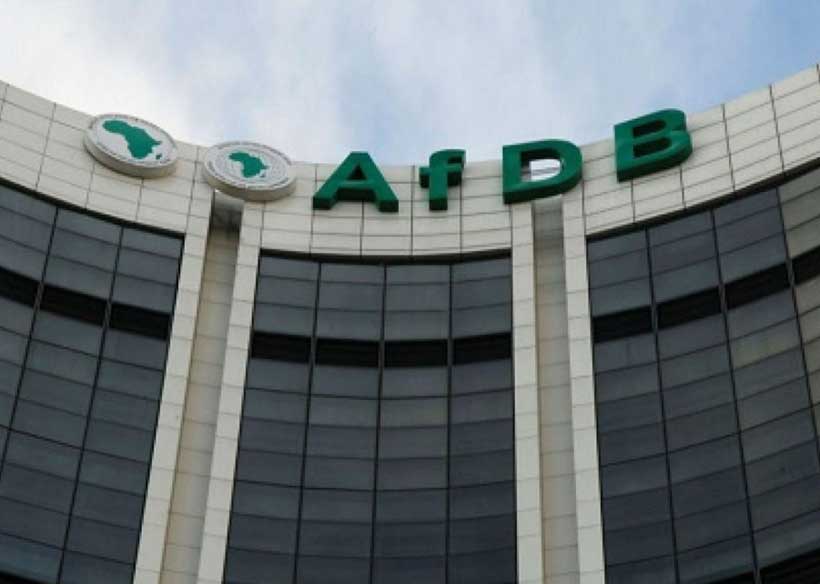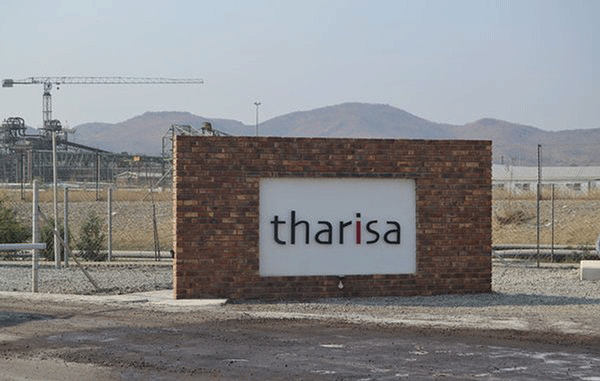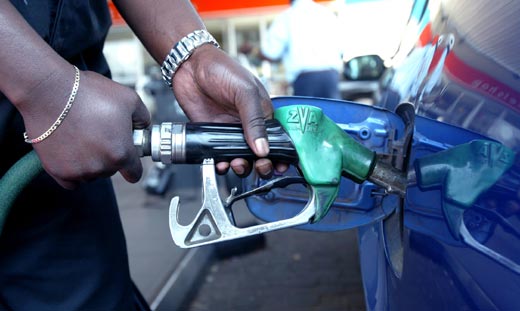Zim in record fuel imports amid power challenges
The country’s import of petroleum products was the largest ever last year, which could justify the proliferation of fuel service stations around the country.
According to statistics in the Zimbabwe Energy Regulatory Authority’s (ZERA) annual report, the country imported a total of 1,734 billion litres of fuel in 2022 “representing the highest quantity ever to be imported into the country”.
This was split into 1,041 billion litres of diesel and 614 million litres of petrol.
In 2021, a total of 850 million litres were imported.
This comes as the Authority licensed 905 retail sites in 2022 compared to 882 licensed in 2021.
A total of 881 petroleum retail sites split into 631 urban and 250 rural were licensed in 2022.
The 2022 licensing year recorded the highest number of licenses issued in ZERA’s ten-year history.
This reflects the continued steady growth of the petroleum sector, ZERA chief executive officer Edington Mazambani, said in a statement that was part of the regulator’s 2022 annual report.
“To note, is that consumption trends are commensurate to the corresponding increases in importation of each product, with the bulk of petroleum products being consumed in the domestic (retail) sector, commercial and transport.”
Analyst, Walter Mandeya of Trigrams Investments, said the record increase in imports “could be due to a number of factors, such as economic growth or changes in energy demand patterns”.
The country is likely to have imported more fuel as it experienced 18-hour load shedding due to depressed generation capacity and increased demand.
At some point during the year under review, power producer Zimbabwe Power Company (ZPC), was ordered to shut down operations at Kariba because the lake levels were dangerously low for power production.
This was also at a time Hwange Thermal Power Station was also struggling to produce at optimal levels forcing economic agencies to use diesel generators as an alternative resulting in more imports.
The energy regulator said the compliance to petroleum standards exercise, which saw them visit a total of 574 fuel retail sites with 56 being first-time applicants for licences indicated a 10 percent growth rate in the subsector for the year 2022.
The growth was achieved in a period characterised by extremely high volatility in the price of crude oil due to a variety of global events that had an impact on the oil market, including the conflict in Russia and Ukraine, Covid-19 in China and production cuts by OPEC+, among other factors.
During the period under review, the Authority piloted the Fuel Service Station Grading system with a total of 324 retail sites graded.
Of the graded sites, 10 percent scored a 5-star rating, 62.40 percent, scored 3-star and 27.60 percent scored a 1-star.
“The grading system is meant to promote service excellence in the sector, as well as offer consumers a holistic service at each visit to the service station,” Mazambani said.
ZERA board chairperson, Dr David Madzikanda, said the grading system will see an improvement in the petroleum industry, “as fuel retailers follow set standards in service delivery, whilst consumers have been empowered to make an informed decision when choosing to use a service station”.
“This is because the grading system is based on compliance to customer service and technical standards, therefore offering the best customer experience and benchmarked to international standards,” said Madzikanda.-ebusinessweekly










